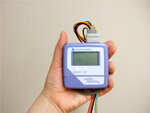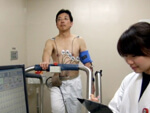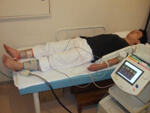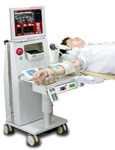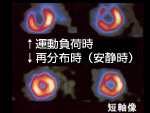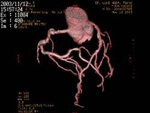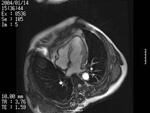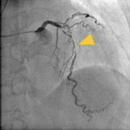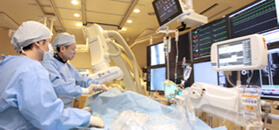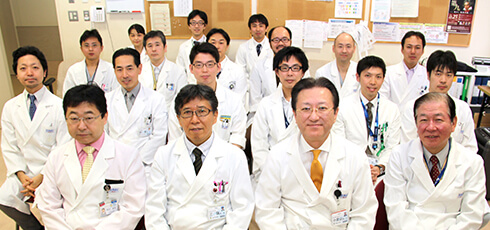
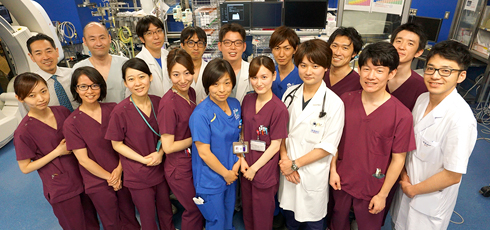

Major Diseases
The Cardiovascular Center is taken care patients with the following diseases.
-
Valvular Disease
The characteristics of this disease are abnormalities in the cardiac valve that cause palpitations on exertion and breathing difficulties (cardiac failure). We conduct operations, mainly repair the valves but in some cases replace the valve with artificial one.

-
Adult Congenital Heart Disease
We are the first facility in Japan where cardiovascular specialists treat and follow-up adults with congenital heart diseases.

-
Aortic Disease
We repair or replace the aorta, the largest blood vessel in the body.

-
Ischemic Heart Disease
The characteristic of this cardiovascular disease is chest pain and shortness of breath. We provide current and updated therapy.

-
Arrhythmia
We make a diagnosis and proper treatment by thoroughly explaining the various types of irregular pulses, their symptoms and prognosis.

-
Cardiac Failure
Thorough examinations and treatment are necessary if you are told that you may have heart failure. We will provide proper advice and management for cardiac failure.

-
Peripheral Vascular Disease
Peripheral vascular disease is a disorder of the blood vessels in the extremities, arms and legs. The symptoms of this disease are pain and lassitude when walking or holding something heavy.
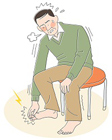
-
Pulmonary Embolism
We will manage pulmonary embolism, also known as Economy Class Syndrome, and deep vein thrombosis in emergency basis.

-
Atrial Septal Defect
The percutaneous catheter occlusion of Atrial Septal Defect has become available at our hospital. A catheter is inserted from a femoral vein to seal the hole between both atriums, without surgically opening the chest.
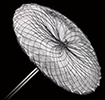
-
Aortic Valve Stenosis
The treatment for Aortic Valve Stenosis using catheters has become possible. Deformed valves can be fixed or artificial valves can be placed by inserting catheters from the femoral artery or under the subclavian artery, without surgically opening the chest.

Various Currently Available Examination modalities
We offer the best examinations with the newest examination modalities, and apply proper modalities for patients. The following are some of the main modalities for examinations conducted in the Cardiovascular Center.
Echocardiography (Ultrasound)
Holter Electrocardiography
Stress Electrocardiogram
Ankle Brachial Index
Vascular Endothelial Function (Flow Mediated Dilation)
Nuclear Cardiology Examination (Scintigraphy)
320-row Multi-slice CT
This examination shows anatomy of the whole body including the heart and great vessels. The implementation of the multi-slice CT scan has allowed clear images of the heart and great vessels in 3D fashion , shortened the time of filming and has allowed to clearly visualization of the coronary arteries non-invasively.
MRI Examination
By applying this to the heart and great vessels, it reveals anatomy, function and tissue characterization of the whole body including the heart and great vessels without ionizing radiation. This modality is useful for detecting the disorder of the heart and vessels in various disorders in timely fashion.
Cardiac Catheterization
This examination observes blood pressure in the heart and vessels, the cardiac and valve function using contrast medium, including coronary arteries. This examination is performed during hospitalization. This examination is one of the best diagnosis methods for cardiac diseases. Also, by using contrast for the aorta and lower limb peripheral artery, the site of stenosis, congenital abnormalities of the heart can be visualized and an accurate diagnosis is possible.


